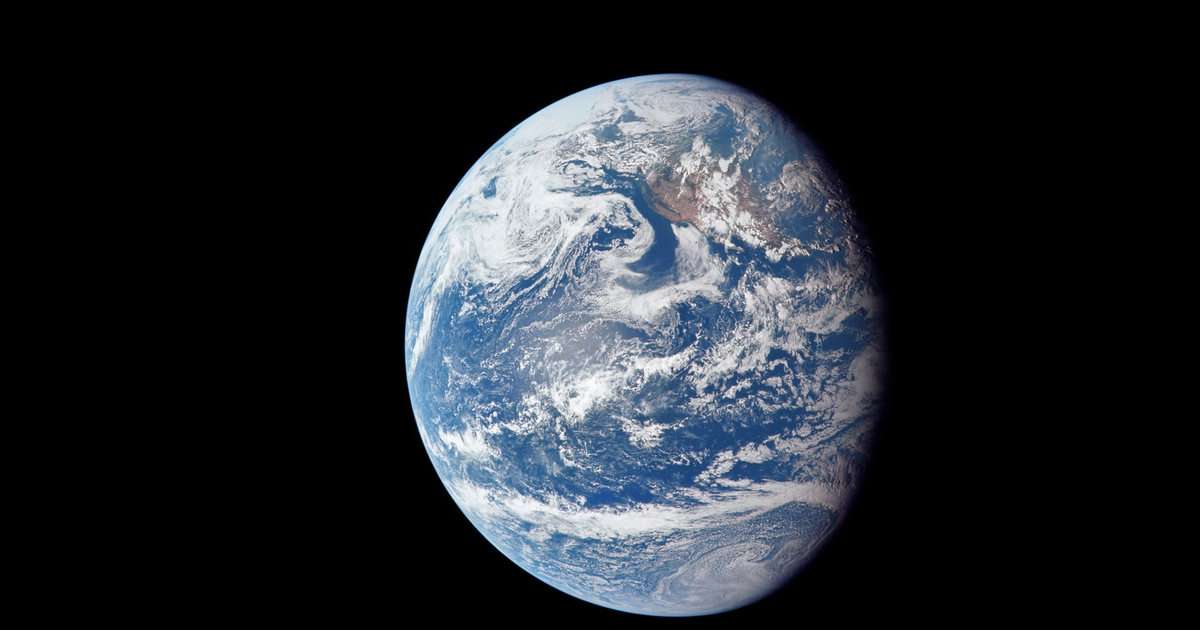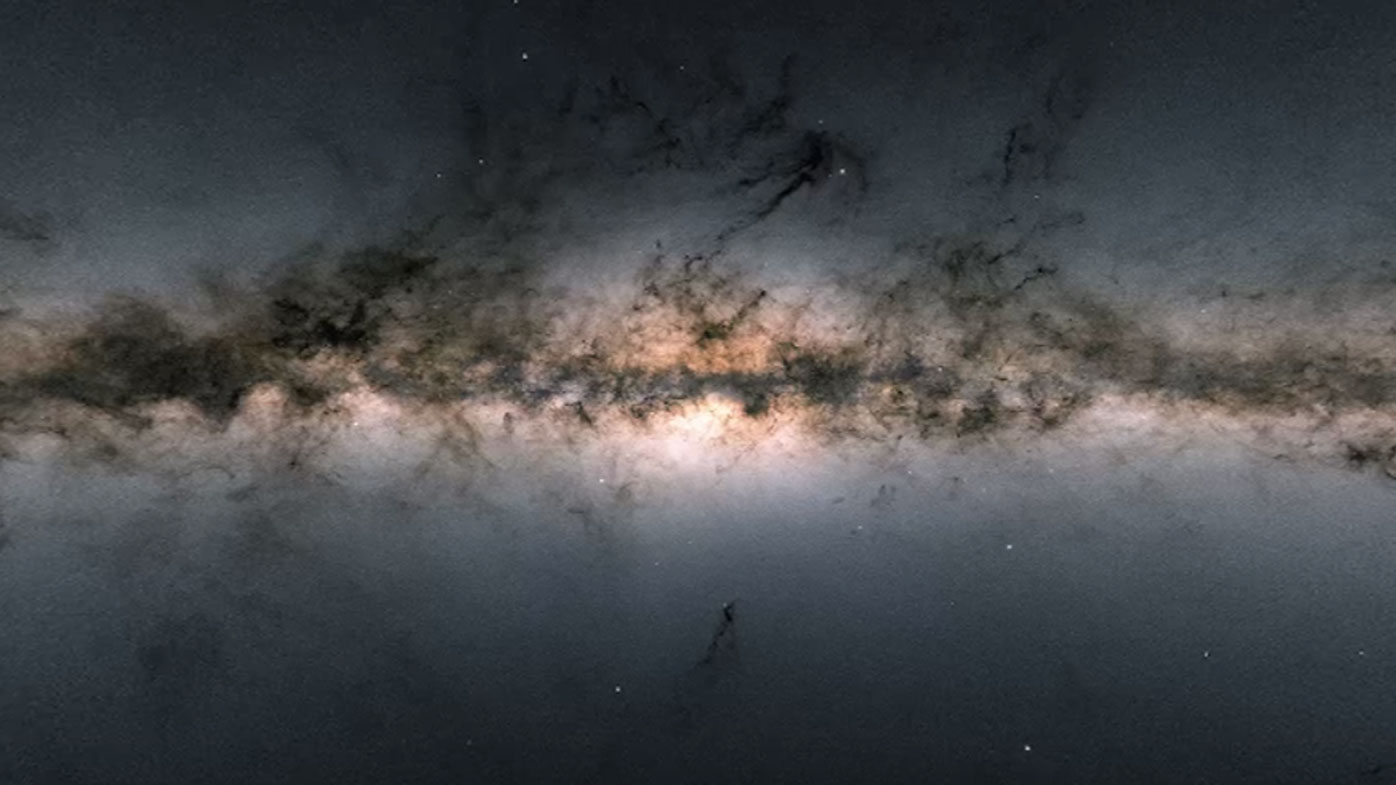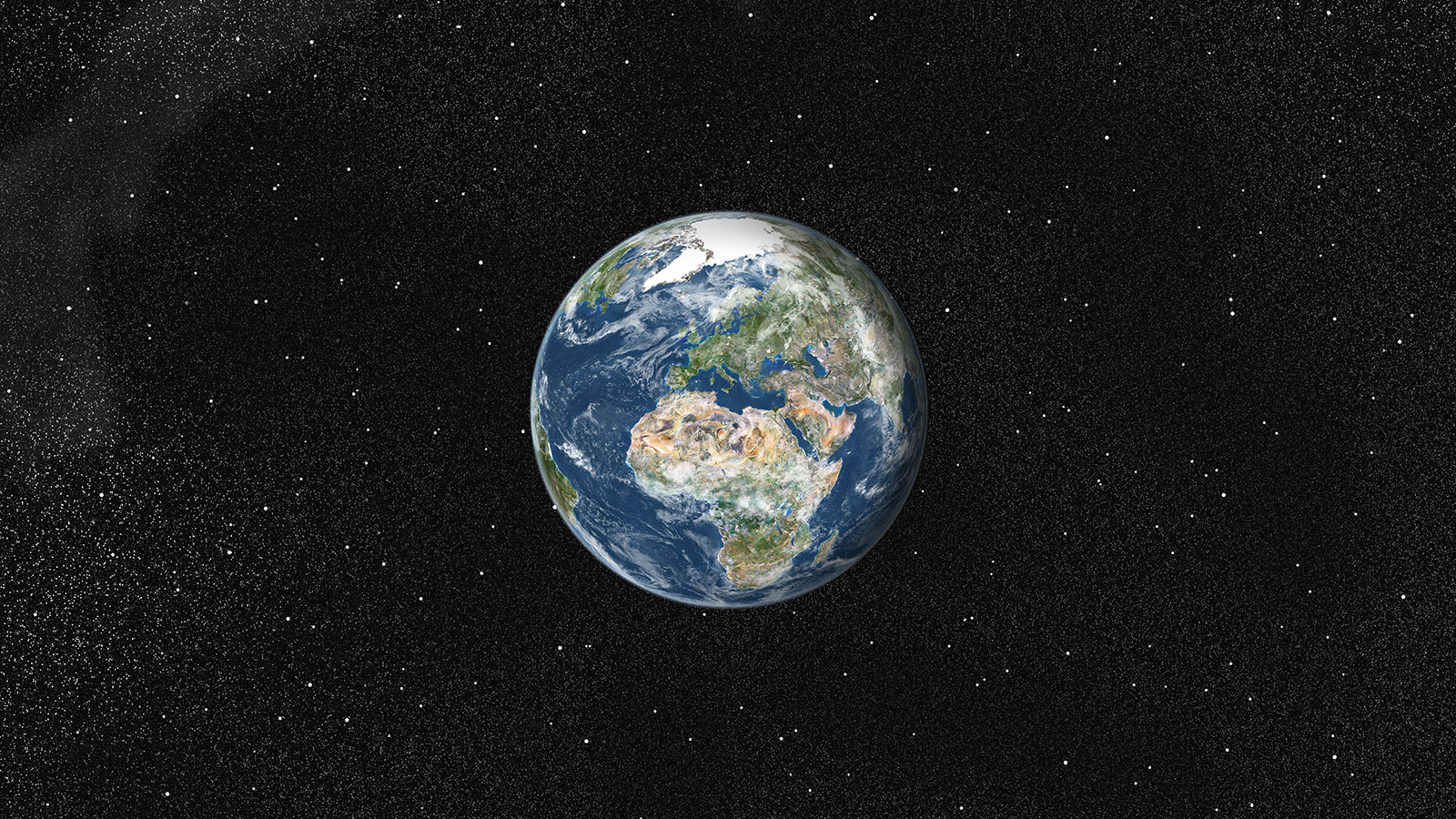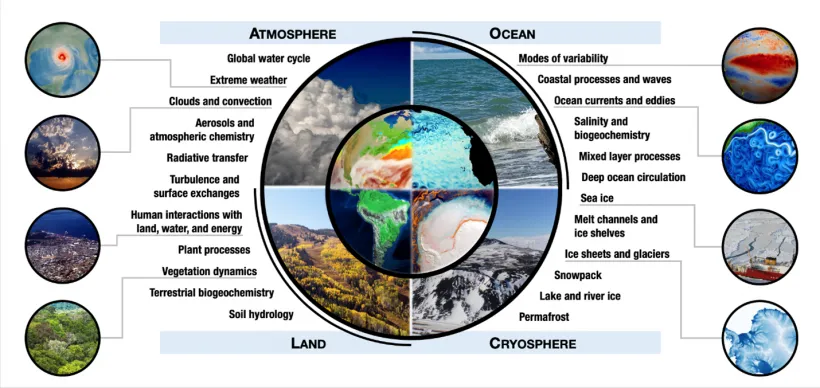Our planet, a vibrant tapestry of life and non-life, is a dynamic system where interconnected processes shape its ever-evolving landscape. This journey through Earth’s systems reveals the intricate dance between the living and non-living world, a symphony of interactions that have shaped the planet we inhabit today.
The Geosphere: Earth’s Foundation
The geosphere, the solid, non-living part of our planet, forms the bedrock upon which all other systems rest. Driven by forces deep within, the Earth’s crust is in constant motion, a slow dance of tectonic plates that build mountains, trigger earthquakes, and shape the contours of continents. Volcanic eruptions, fueled by the immense heat within the Earth, release gases and minerals, enriching the atmosphere and soil.
The Hydrosphere: The Dynamic Ocean
Water, the lifeblood of our planet, dominates the hydrosphere. Oceans, rivers, lakes, and glaciers cover a vast portion of Earth’s surface, shaping climate, driving weather patterns, and supporting a diverse array of life. Ocean currents, driven by winds and temperature differences, transport heat and nutrients around the globe, influencing climate and creating unique ecosystems.
The Atmosphere: A Protective Blanket
The atmosphere, a thin layer of gases surrounding the Earth, provides a protective shield against harmful solar radiation and regulates temperatures. It is a dynamic system, constantly in motion, driven by solar energy and the rotation of the Earth. Weather patterns, from gentle breezes to ferocious storms, are born within this atmospheric envelope.
The Biosphere: A Tapestry of Life
The biosphere encompasses all living organisms on Earth, from microscopic bacteria to towering trees and majestic whales. These diverse life forms interact with each other and their environment in intricate ways, forming complex food webs and shaping the very fabric of our planet. Plants, through photosynthesis, convert sunlight into energy, releasing oxygen into the atmosphere and forming the foundation of most food chains.
The Interconnectedness of Systems
These four spheres – the geosphere, hydrosphere, atmosphere, and biosphere – are not isolated entities but rather intricately interconnected. Changes in one sphere inevitably impact the others. For example, volcanic eruptions release gases into the atmosphere, influencing climate. Ocean currents transport heat, influencing weather patterns and the distribution of life. And living organisms play a crucial role in the cycling of elements, shaping the composition of the atmosphere and the fertility of the soil.
Understanding these interconnected systems is crucial for comprehending the past, present, and future of our planet. By studying the intricate dance between the living and non-living world, we can gain a deeper appreciation for the delicate balance of Earth’s systems and work towards a more sustainable future for all.



